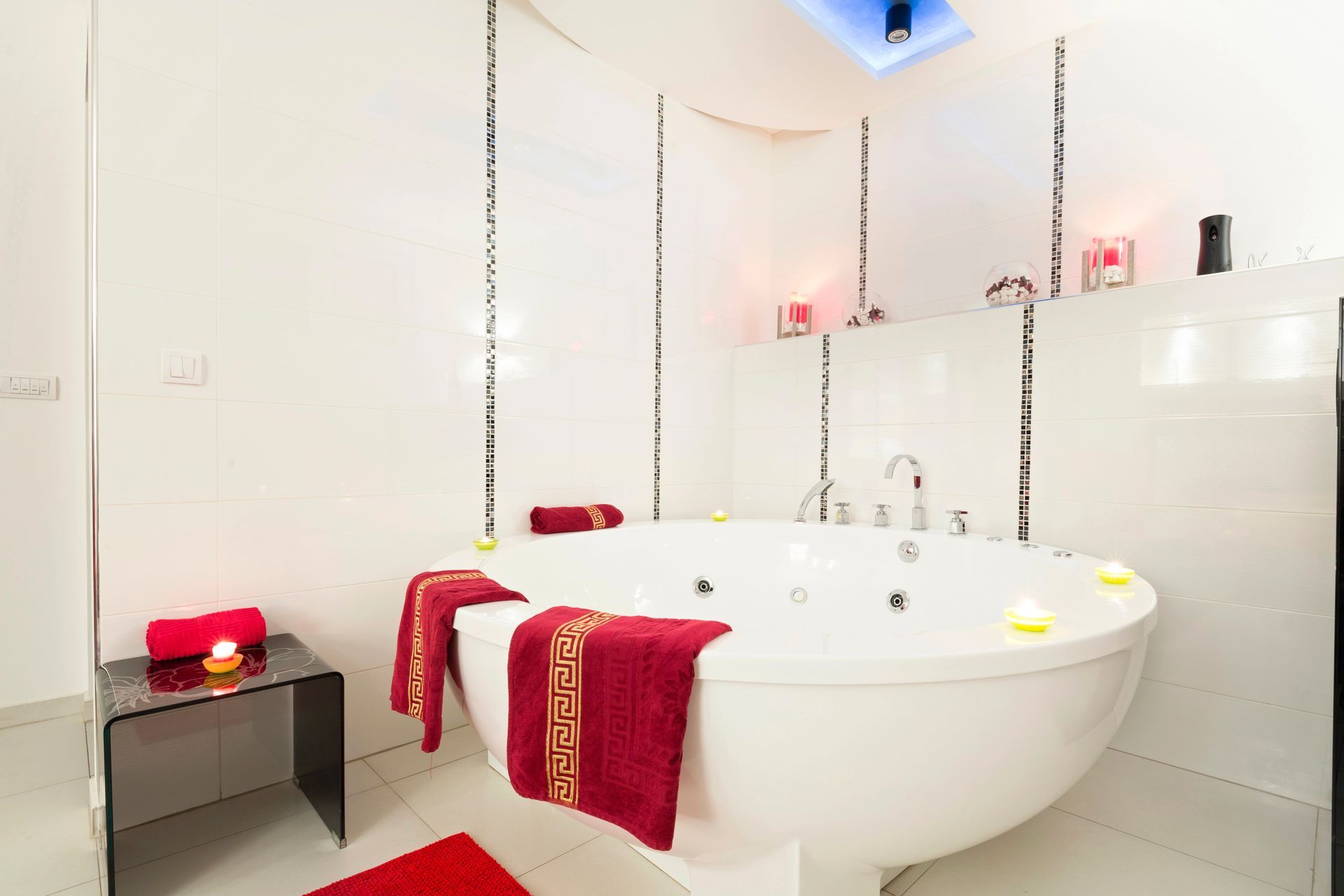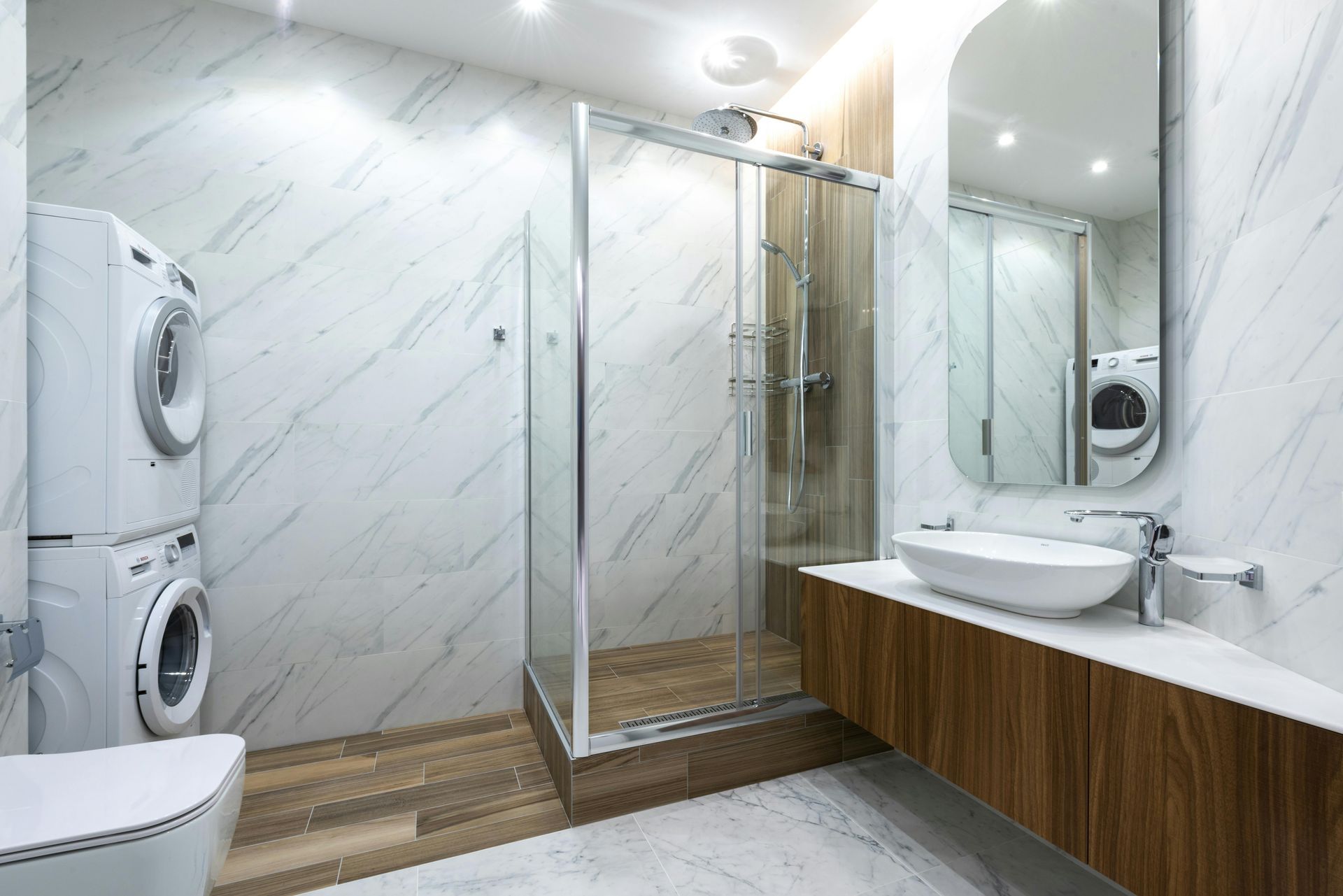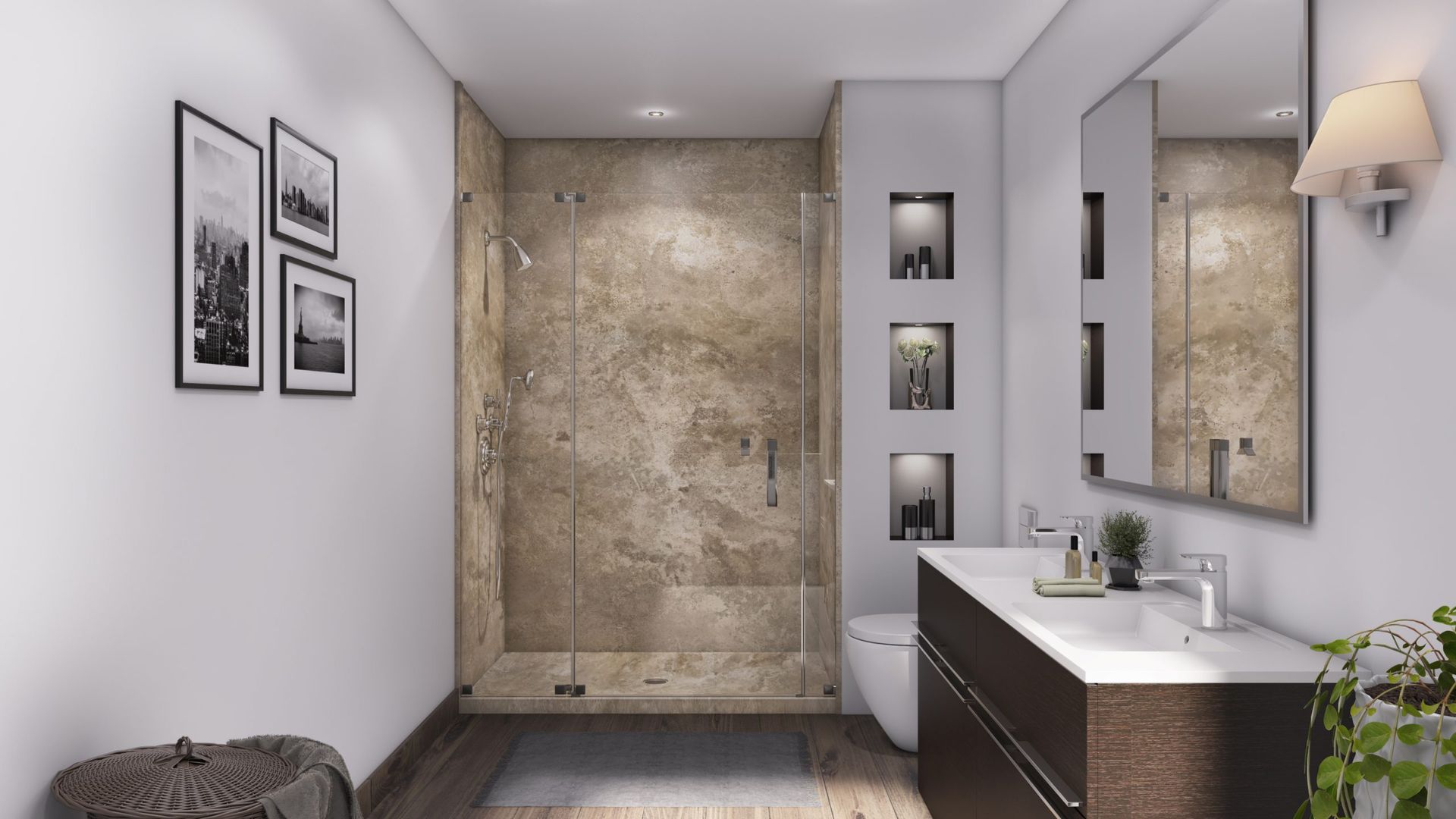Is A Handicap Walk in Shower the right choice?
Is a Handicap Walk In Shower the right choice?
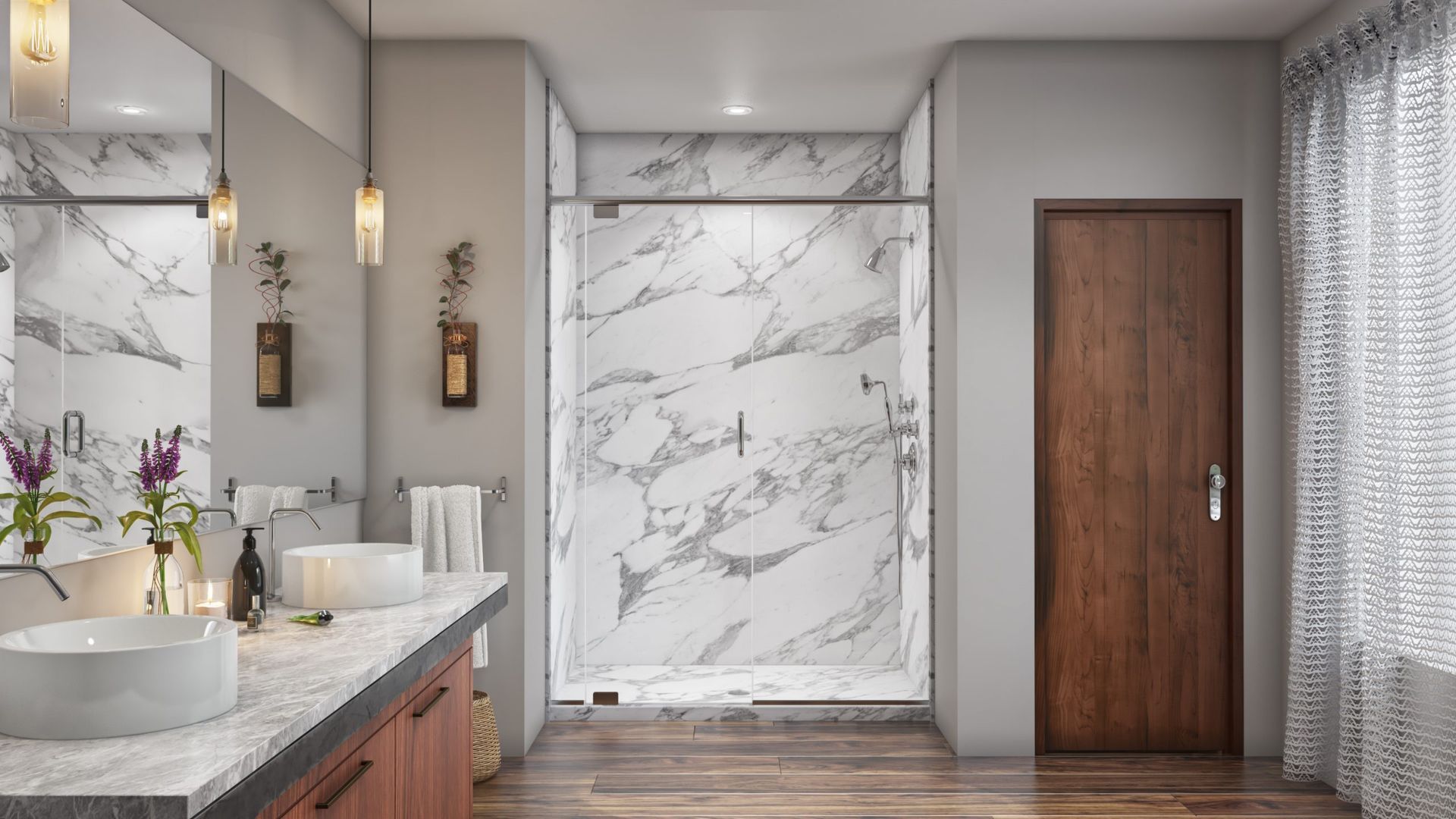
For senior citizens, those with limited mobility, or the disabled, walk-in showers can be a great alternative.
The difference between walk-in showers and normal tubs and showers is their design. Walk-in showers are designed with specific safety features in mind and for ease of use. These showers typically have barrier free entry, ADA grab bars, shower seats, ADA-compliant designs, and more.
If you’re a homeowner who’s looking to install a walk-in shower, there are a few things you should consider. First, there are a lot of different options available - ADA roll-in shower stalls, ADA transfer showers, multi-piece units - so it’s important to understand the differences between these designs and which one will benefit you the most.
Seeing as walk-in showers aren’t as common as your everyday shower, you’ll also need to consider the installation process and if it’s compatible with your bathroom. This article will cover these topics and more, including the options available in today’s market!
What Is a Handicap Walk-In Shower?
If you’re new to the handicap walk-in shower arena, you need to first understand what they are. A handicap walk-in shower is an accessible shower for those with mobility challenges, such as the elderly or disabled. For example, a walk-in shower won’t have a large median to step over, like most traditional bathtubs. These make walk-in showers more accessible and easier to enter.
Different Types of Walk-In Showers:
- ADA Roll in Shower Stalls - Designed with a sloped floor for wheelchair access
- ADA Transfer Showers - Designed for smaller spaces and includes ADA wall supported seats and grab bars
- ADA Tub Showers - Designed as a hybrid of a bathtub and a shower and is ideal for both soaking and showering
- Portable Wheelchair Showers - Designed for temporary setups
Make sure you understand the criteria of walk-in showers and compliant showers more generally. Compliant showers must meet ADA (Americans with Disabilities Act) guidelines, this includes small medians, grab bars, and ADA seats. If the shower you’re considering doesn’t have these features, then it’s not a compliant shower by the ADA.
Key Features of Handicap Walk-In Showers
Accessibility and Safety
Now that we know what a handicap walk-in shower is, it's time to understand the features. The main goal of an accessible shower stall is that it's easy to use and minimizes the risk of falls. That being said, some must-have features include:
- Grab Bars: Essential for stability, allowing people to safely enter, exit, and move within the shower
- Shower Seats & Benches: Options like ADA Wall Supported Seats, folding shower seats, and ADA Shower Bases provide a place to sit while bathing
- Barrier Free Entry: Low threshold shower allows for wheelchair access or easy entry without stepping over a high median
Drainage and Water Flow
Drain placement is crucial in a handicap shower stall. Popular drain locations include:
- Center Drain – Allows for equal water distribution
- Right Drain – Works well for specific bathroom layouts
- Level Entry Shower Pan – Seamless floor transition, ideal for barrier free designs
Opinion: If I were choosing a shower, I’d personally go for a level entry shower pan. Not only does it provide excellent accessibility, but it looks modern and reduces the risk of tripping.
Shower Structure and Materials
- Multi-Piece Shower Units: Easier to transport and install in homes with tight spaces
- Alcove Shower Kits: Great for new builds or renovations, offering a fully enclosed shower system
- Stainless Steel Support & ADA Wall Reinforcements: Adds durability and ensures compliance with accessibility standards
Shower Accessories
- Shower Chairs: Portable alternative to built-in seating
- Shower Accessories: Includes grab bars, ADA Seats, and shower benches to enhance safety
- Screen-Reader Mode & Accessibility Guides: Makes sure that individuals with visual impairments can easy navigate features
Benefits of Handicap Walk-In Showers
There are numerous benefits to installing a handicap walk-in shower. Some advantages include:
✔ Increased Independence: Allows people to bathe safely without assistance, giving them more autonomy
✔ Safety for Senior Citizens: Reduces the risk of slips and falls in the bathroom, especially among elderly people
✔ Long-Term Investment: Adds value to a home and can accommodate family members as they age
✔ Compliance with Local Jurisdiction Codes: Ensures that bathrooms meet ADA and ANSI B Shower requirements
✔ Ideal for Commercial Projects & New Construction: Widely used in hotels, hospitals, and assisted living facilities
Opinion: If you're remodeling a bathroom for long-term use, you should consider investing in a high-quality accessible shower stall. Not only does it make life easier for those with mobility challenges, but it will add long-term value to your home by acting as future proof!
Different Types of Handicap Walk-In Showers
There are a few types of handicap walk-in showers to consider, from roll-in shower stalls to ADA tub showers and more. Keep reading to understand the benefits to each of the different types.
Roll-In Shower Stalls
- Best for individuals who require wheelchair access
- Barrier free entry with an open-concept design
- Best suited for those who are looking for independence while bathing
B. ADA Tub Showers vs. Transfer Showers
- ADA Tub Showers combine the benefits of a bathtub and an accessible shower
- ADA Transfer Showers are ideal for smaller spaces where a roll-in shower isn’t feasible
C. Portable Wheelchair Showers
- Perfect for temporary installations or rental properties
- Allows flexibility without permanent bathroom modifications
As you can see, there are multiple types of handicap walk-in showers on the market today. Be sure to evaluate your specific needs and choose accordingly.
Choosing the Right Handicap Walk-In Shower
When it comes to choosing a handicap walk-in shower, here are some important points to consider:
- Space Constraints: If you have a small bathroom, a multi-piece shower unit or alcove shower kit might be better
- Mobility Needs: Roll-in showers are best for wheelchair users, while transfer showers work for those who can stand briefly
- Customization: Look for options like adjustable ADA Wall Supported Seats or Shower Benches
- Shopping Cart Navigation: If purchasing online, ensure the retailer provides clear specifications and customer reviews
Installation and Maintenance Tips
Homeowners can approach installation and maintenance of handicap walk-in showers in different ways.
✔ Professional vs. DIY Installation:
- Hiring a professional ensures that the shower meets local jurisdiction regulations
- Multi-piece shower units are easier for DIYers
✔ Maintenance Tips:
- Regularly clean shower walls and ADA Shower Bases to prevent mold
- Check the drain location for clogs
- Ensure grab bars and folding shower seats are always secure
Decisions, Decisions
A handicap walk-in shower is one of the best choices for buying a safe bathing option for senior citizens and individuals with limited mobility. If you need a barrier free roll-in shower, low-threshold shower stall, or ADA Transfer Shower, there is no shortage of options today to meet your requirements.
Reviews aside, with so many options, it is easy to make a choice that is not likely optimal for you, so taking time to evaluate your specific needs is essential. Things such as drain placement, accessibility features, and whether a multi-piece or alcove shower kit works best for your space need to be carefully analyzed.
When it comes to walk in handicap showers, time and money are not the only factors that need consideration, so think carefully. An example would be a person who prioritizes safety and independence, so the right choice for them would be the ADA compliant, accessible shower stall.
With the features, benefits, installation, and maintenance of handicap walk-in showers fresh in your mind, you can start making your bathroom more accessible to its users and more valuable to your property
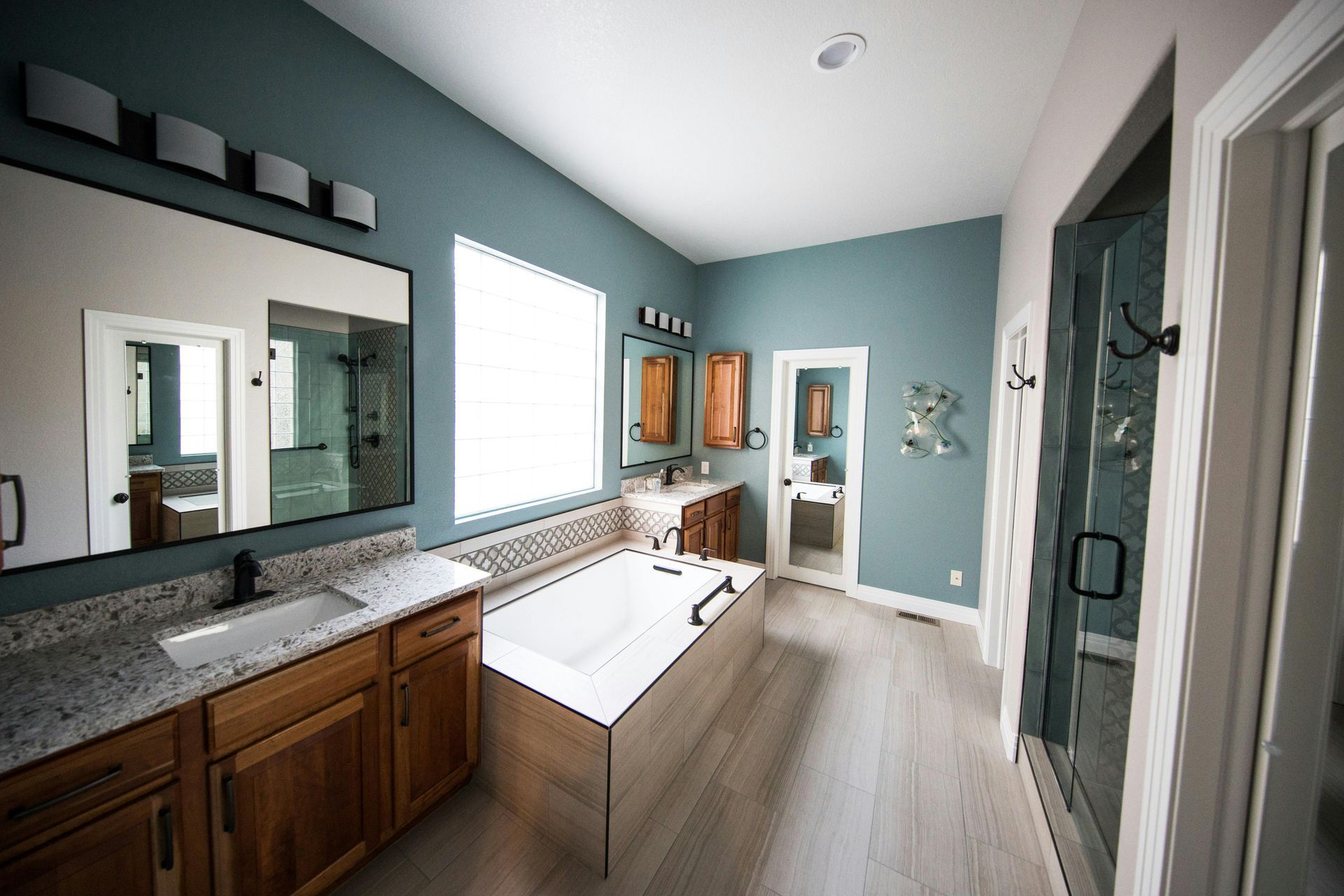
Let’s talk about your project
Fill out the form, or call us to set up a meeting at
(315)288-6482
Get a Free Quote
We will get back to you as soon as possible.
Please try again later.
We bring pride and passion to every project that we undertake, with a professional team of designers, project managers and tradespeople.

